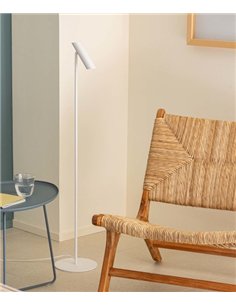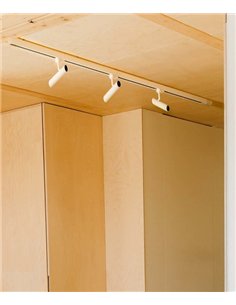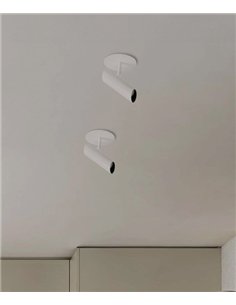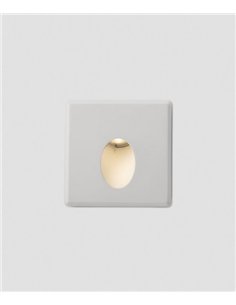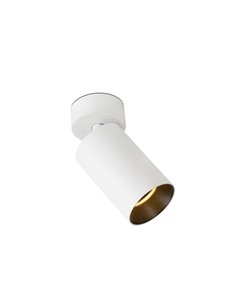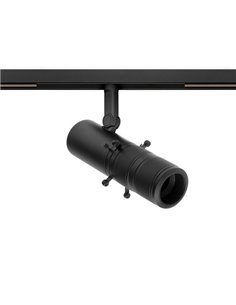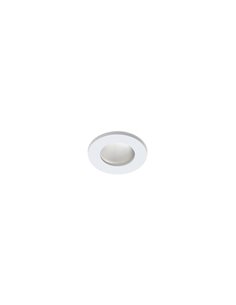LED Spotlights

LED spotlights are a highly efficient lighting option that seamlessly integrate into both ceilings and walls. Their subtle and unobtrusive design makes them well-suited for various spaces, including kitchens, bathrooms, living rooms, and hallways. Noteworthy advantages of LED spotlights include their energy efficiency, leading to reduced energy consumption and operational costs. Additionally, their extended lifespan minimizes the need for frequent maintenance and replacements. The use of LED technology ensures the emission of bright, high-quality light that instantly illuminates and is often dimmable, catering to diverse environments and preferences. There are several types of recessed spotlights available, such as downlights, which project light downwards. Downlights are ideal for creating a cozy ambiance or for illuminating specific work areas. Recessed spotlights allow precise control of light direction, making them perfect for highlighting works of art or architectural elements. When selecting downlights, it is crucial to consider factors like the beam angle and color temperature. Color temperatures can vary from warm tones, fostering a relaxing atmosphere, to cool tones, which enhance concentration. Some models offer additional features, such as moisture resistance for bathrooms or adjustable profiles to direct light according to specific requirements.
How to choose the LED spotlight?
- Material: spotlights are usually made from aluminium, known for its excellent heat dissipation. They are also available in stainless steel, which offers greater resistance, or plastic, which is more economical but less durable.
- Opening angle: for general lighting, choose spotlights with an opening angle of 60° to 120° for even coverage over large areas. To illuminate a specific focal point, such as a decorative element, a narrower angle of 20° to 40° is more suitable.
- Types of spotlights: recessed: integrated directly into the ceiling for discreet, uniform lighting, ideal for low ceilings; projector spotlights: adjustable for directing light to highlight objects or areas; track spotlights: mounted on a rail, these can be moved and adjusted according to needs; downlight spotlights: typically recessed, they project light downwards in a broad, uniform manner, making them ideal for kitchens, hallways, or common areas; adjustable spotlights: similar to projector spotlights, but with the ability to rotate or tilt for more precise lighting; decorative spotlights: these provide light but also serve as decorative elements, often featuring more elaborate designs.
- Colour temperature and efficiency: for a warm, cosy atmosphere, opt for 2700K to 3000K (warm light). For workspaces or areas needing more clarity, 4000K to 5000K (cool white light) is ideal. LED lights are highly recommended as they consume up to 80% less energy than traditional bulbs.
- Power and luminous flux: pay attention to both wattage and luminous flux (measured in lumens). Higher lumens mean brighter light. For larger areas like living rooms or kitchens, aim for bulbs with at least 800-1000 lumens. For smaller areas, 300-500 lumens is sufficient.
